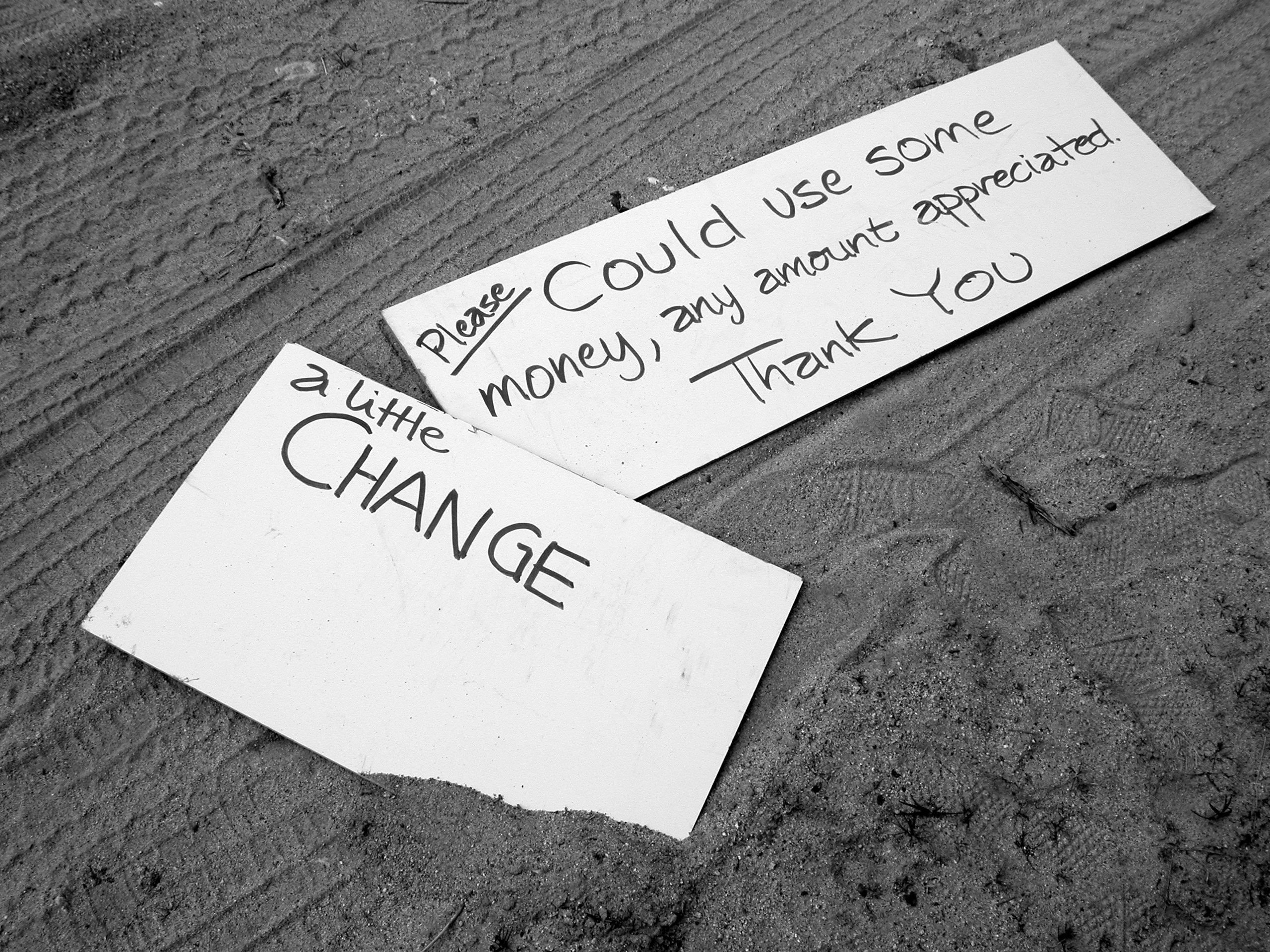The main conditions of poverty have worsened since the territorial government released an action plan aimed at tackling them three years ago, says anti-poverty coalition Alternatives North.
The local social justice coalition released its NWT Poverty Update on Thursday, showing that the number of households on income assistance in the territory has increased by 19% between 2009 and 2016, five years after the territorial government released a strategic framework and three years after it released an anti-poverty action plan.
Even after the government raised the minimum wage from $12.50 to $13.46 an hour in April, the wealth gap between the territory’s richest and poorest residents remains. The NWT Poverty Update states:
In 2017, each parent in a two-parent family with two children would have to earn $20.96 an hour to make a living wage in Yellowknife. The living wage assumes they work 40 hours a week. A living wage pays for basic expenses such as food, rent, transportation and childcare. The living wage won’t pay for debts, savings, or luxuries, such as a pet. The living wage family represents the most common family type in Yellowknife, with a child in school and one in child care.
“There have been some gains for low-income families, including the introduction of the Canada and NWT Child Benefits, but many still struggle to meet their most basic needs,” says Lyda Fuller, Executive Director of YWCA NWT.
Housing is another key component of the territory’s poverty problem and in Yellowknife, finding affordable housing can be difficult.
According to the Canada Mortgage and Housing Corporation’s (CMHC) Northern Housing Report, the average two-bedroom apartment in Yellowknife rented for $1,699 in 2017, an increase of 3.7% in one year. Rental vacancy rates dropped to 3.5 per cent.
One in five households spends over 30 per cent of their gross income on rent alone.
“Decent housing is the first step out of poverty, and we’ve made progress there,” says Yellowknife Women’s Society Executive Director Bree Denning in a statement.
“But the need is growing even as we build services.”
Food insecurity is also on the rise in the territory.
Last year the Yellowknife food bank gave out 1,234 Family Baskets from the SideDoor Youth Resource Centre, up from 901 baskets in 2013. Similarly, the Salvation Army’s distribution of food hampers has jumped 187 per cent since 2014.
In that same year, over 20% of households in the territory “indicated that they often or sometimes worried that food would run out before they had money to buy more,” according to the NWT Bureau of Statistics.
The territorial government recently announced it will be hiring a contractor to conduct an assessment and scan of all GNWT homelessness initiatives and develop an overarching homelessness strategic plan.
The final report is expected to provide a strategic planning document for action that may advise on addressing system coordination, resolving need, selecting solutions, recommending targets and achievable short term, medium term and long-term change outcomes for the territorial government to strive towards over a five to ten year period.




